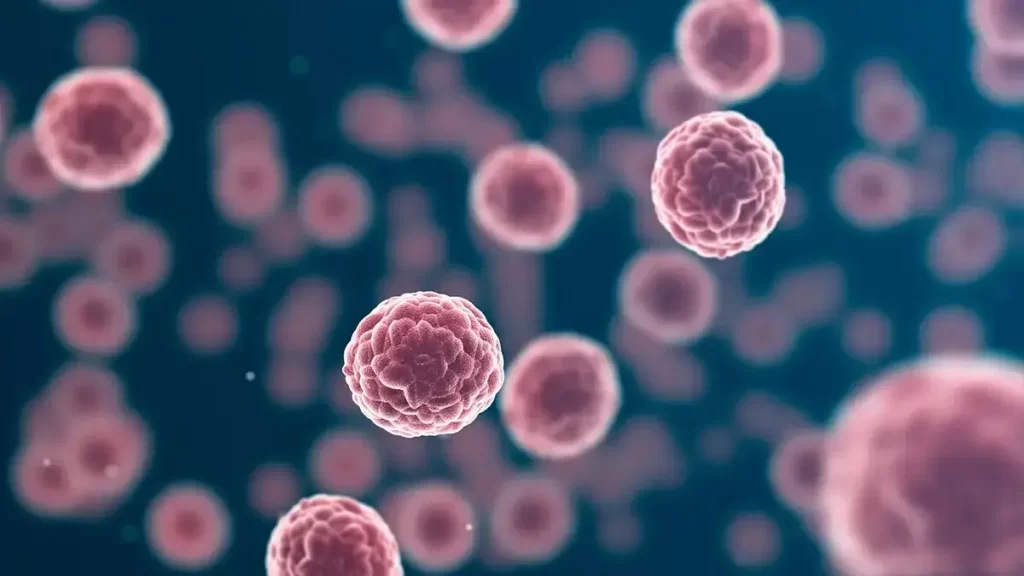Princess Kate Announces Cancer Diagnosis: A Story of Courage and Resilience
In a poignant and courageous announcement, Catherine, the Princess of Wales, revealed in a heartfelt video message the discovery of cancer following her recent abdominal surgery. Facing widespread speculation about her health and controversy over doctored images, the 42-year-old princess shared that she is now undergoing preventative chemotherapy on the advice of her medical team. The news, which came after months of public scrutiny and silence from Kensington Palace, shed light on the princess’s journey towards healing and resilience. With her characteristic grace and strength, Kate expressed gratitude for the outpouring of support from well-wishers worldwide, while emphasizing the importance of privacy and family during this challenging time. In her message, Kate underscored the shock of her diagnosis and the subsequent efforts to process and manage the news for the sake of her young family. With unwavering support from her husband, Prince William, and the love of her children, George, Charlotte, and Louis, she navigates the complexities of treatment and recovery with courage and determination. The announcement also sparked conversations about cancer awareness and early detection, as medical experts weighed in on the significance of preventative chemotherapy in Kate’s case. Despite the uncertainty surrounding her diagnosis, the princess’s resilience and optimism serve as a beacon of hope for those facing similar challenges. As messages of support pour in from across the globe, the royal family rallies around Kate, offering words of encouragement and solidarity. With her strength and grace, she reminds us all of the power of resilience and the importance of facing adversity with courage and determination. Her story serves as a testament to the indomitable spirit of the human heart and the enduring power of hope in the face of adversity. In the midst of uncertainty, Kate’s unwavering courage and resilience shine brightly, inspiring us all to embrace each day with hope, gratitude, and unwavering determination.


